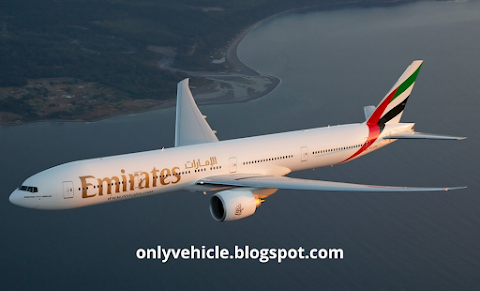Hurry leads to disaster
It is true
that hurry leads to disaster. While in a hurry, we tend to forget important
things or things that should be cared for. For example, if we are in a hurry to
go to school, we may forget our book to be carried or sometimes even the
schoolbag! These are just small happenings around us that make no big deal. We
need major incidents to prove this point. I am going to express my opinion that
hurries lead to disasters or accidents.
This is an incident that occurred on the 27th of March, 1977. Two planes
belonging to a Dutch and an American airline were scheduled to arrive at Gran
Canaria, Spain. At Gran Canaria Airport, before their respective arrival times,
a terrorist attack had taken place. Due to this, both the aircraft had to be
diverted to a nearby airport. The airport suitable was Los Rodeos Airport at
Tenerife, an island of Spain. Los Rodeos was a small airport that is not used
to heavy traffic of aircraft and large airliners. It already had 3 large
airliners to be taken care of. The KLM and Pan Am aircraft which were also
diverted added to it.
Both the
airplanes sat on the tarmac for 4 hours. The Pan American aircraft waited for
30 minutes more for the KLM aircraft to refuel. As the KLM aircraft was ahead
of them, the air traffic controller instructed it to head to the airport’s only
runway. It was instructed to taxi down the runway and make a 180 degrees turn
at the end and make position for take-off. The Pan American aircraft was
instructed to follow the KLM aircraft and make an exit on the third taxiway by
the runway.
During this
time, fog rolled off the mountains and completely blocked the view of the
pilots and ATC. The KLM Captain set take-off thrust and the aircraft began its
take-off roll. He asked the ATC for clearance only after that. He was also
warned by his fellow co-pilot about it but did not take care of it. Hearing the
communication of the clearance by the KLM aircraft, the Pan American co-pilot
reassured ATC that they were still on the runway, taxiing. Due to radio
interference, his voice was not heard by ATC.
The Pan
American co-pilot shouts to his captain that the KLM aircraft is speeding
towards them. The Pan American captain fully increases the throttles and turned
the aircraft away from the runway. The KLM captain, immediately seeing the Pan
Am aircraft turning applies full thrust and pulls back the yoke for take-off.
The KLM aircraft scrapes its tail on the runway and has not gained enough speed
for take-off. It crashes into the Pan Am and marked the deadliest disaster in
aviation history. All onboard the KLM flight were killed and 63 survived on the
Pan Am.
This is how
the incident ends. ‘This accident was mainly caused by the KLM captain’s
hurry’, says Pan Am co-pilot Robert Bragg, a survivor. There is complete truth
to it as he was in a hurry to get airborne. Other factors responsible were poor
visibility by the fog and issues in the engineering of radio communications.
The aviation industry has learned a lot from this incident. It resolved the
issues which caused this by making major changes and imposing flying
restrictions in particular weather conditions. This incident has contributed a
major part to making aviation a lot safer today.
We learn
from this incident that we must not do anything in a hurry. Things should be
done with steadiness and in the proper way. This yields the maximum good
results which we expect. We must apply this in our lives for a better future
and tomorrow.











0 Comments